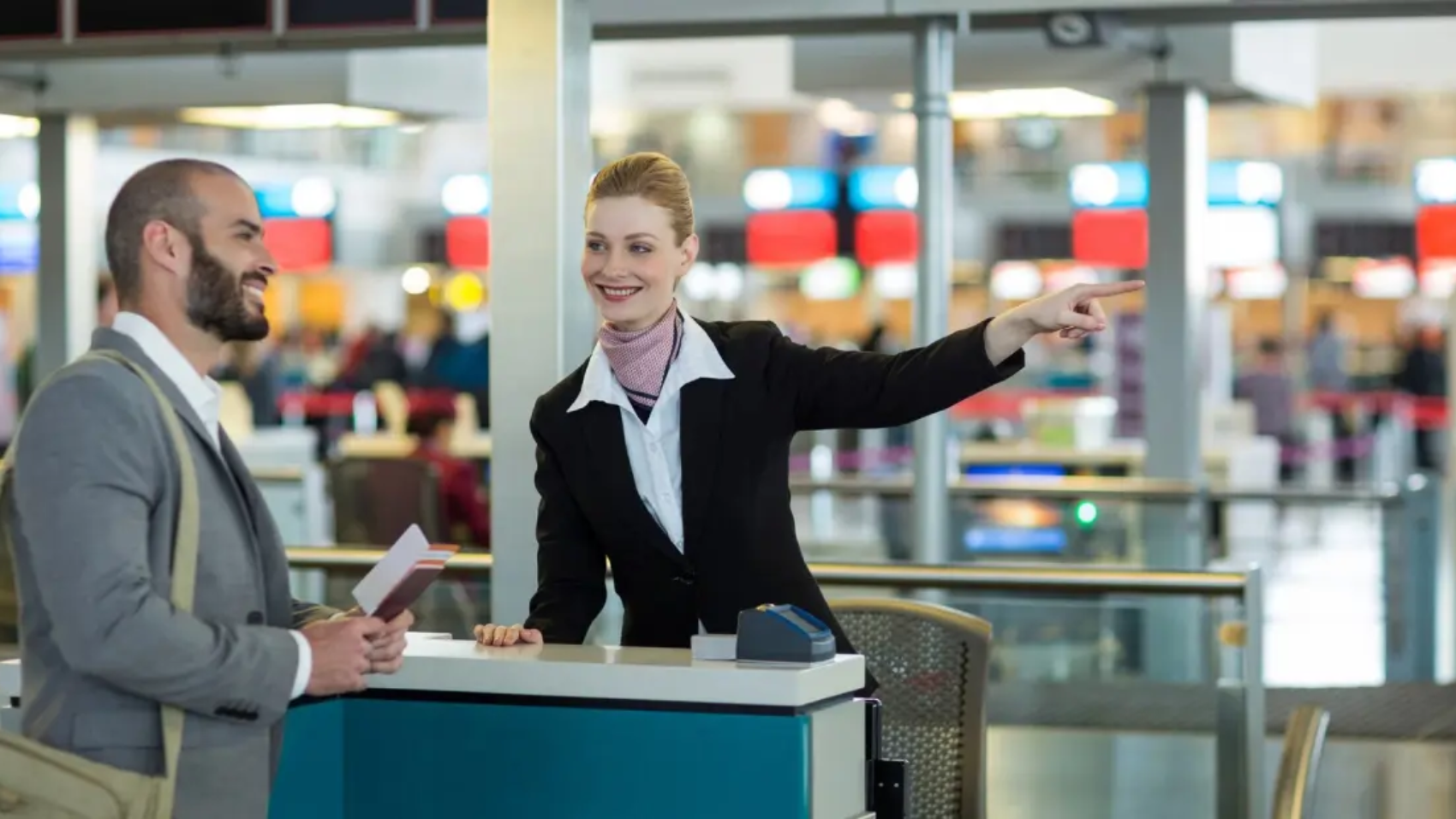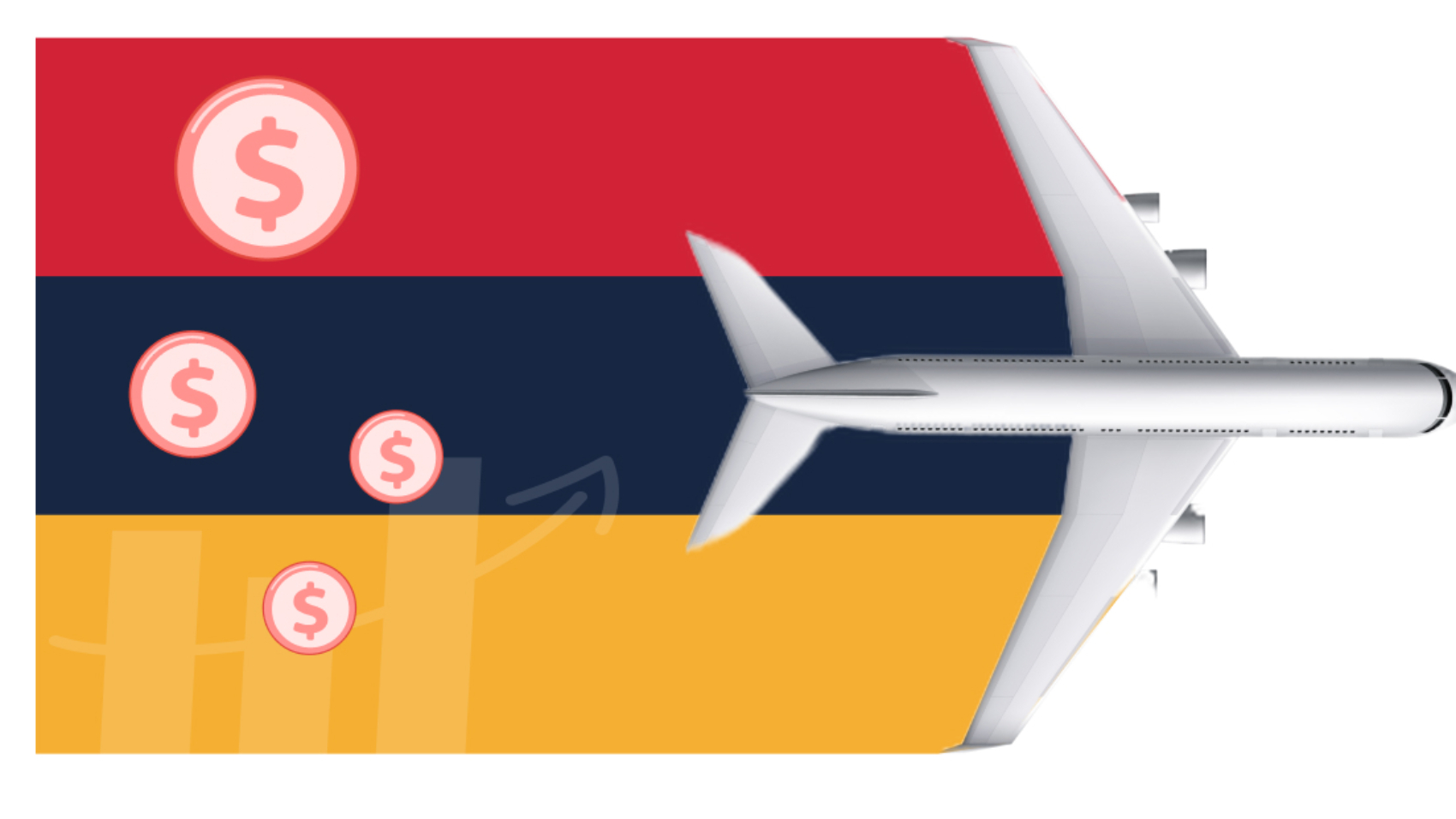After the Covid-19 pandemic-induced travel restrictions ended, millions took to the skies, determined to make up for the time they lost without a vacation.
This phenomenon, “revenge travel” can be utilized to recover airlines’ losses due to the persistent lockdowns around the world.
People are increasingly traveling in groups to their dream destinations and are more than willing to pay premium rates for a great travel experience.
However, this spike in demand isn’t something airlines are prepared to deal with due to their reliance on legacy group booking software. Manual means of processing group requests can’t keep up with the massive number of requests that are currently flooding help desks. Aside from that, airlines have no way of personalizing offers with dynamic prices and ancillaries, which means a lot of potential revenue is lost.
How an automated group booking solution can help airlines maximize revenue from revenge travelers
1. Instant Quote for All Group Bookings
Airlines usually take 1 to 2 weeks to process, calculate and quote group bookings. The pricing isn’t available instantly and the fare quoted is not fool-proof from revenue leakages or losses. The quote then has to be negotiated manually before finalizing the amount.
When you have a group booking system, the users can get instant quotes via a web portal. The Intelligent AI-based algorithm can generate a quote considering various parameters instantly. The group travelers don’t have to wait for emails, calls, and messages, as every step from making the group request to receiving an optimal quote is automated.
2. Optimal Pricing for Group Bookings
Even if airlines manage to seize all their group booking opportunities, there will always be a question about the pricing strategies airlines use. “Does it maximize revenue?”, “Was the group pricing we quoted profitable?”, “Was the pricing too high/low?”.
The current airline group revenue management system isn’t fully capable of optimizing the pricing strategies for high materialization rates and profitability. But with a solution like GroupRM, which comes with real-time dynamic pricing based on factors, like load factor, competitor fare, etc., airline revenue managers can rest assured that the price they are offering is the best possible one that will lead to a booking.
3. Personalizing Ancillaries for Group Travelers
After Covid-19, airlines understood that they needed to extend their services by offering personalized ancillaries to the relevant groups. In the current group booking system, ancillaries are manual and the travelers have to request seat upgrades, meals and baggage, and insurance details separately in emails or chats or by reaching out to the help desk or sales team. This could be a big inconvenience for group travelers and airlines may not be able to give a smooth booking experience.
To solve this, airlines can use an automated system for recommending ancillaries and allow passengers to add on whatever special purchase they want to make. Because of the impact of the pandemic, many people may be concerned about their health, so you can offer up ancillaries, such as travel insurance, telemedicine, etc., to bolster revenue. Providing such a personalized experience will also go a long way in helping the airline retain customers.
4. Self-Reliant, Fast, and Secure Web Portal
Group travelers will be best served using a secure and easy-to-use web portal for all their requests, booking, ticketing, and post-booking modifications, such as changing itineraries, adding ancillaries, etc. This will save them a lot of time and effort because the usual way of booking group tickets is quite tedious. You can expand your customer base by having a web portal with multiple language/ payment options.
5. Making The Post-Booking Process Effortless
The booking part alone isn’t the final step; airlines need to continue providing all the required support to the group travelers till their departure.
It is quite common to see the groups changing their dates, number of people, and destinations. Many steps are handled manually when it comes to upsizing, downsizing, dividing, and changing itineraries. Airlines doing all this manually will end up causing delays for the passengers and consequently bringing down the productivity of the help desk team.
Airlines can introduce automation into the process by using a solution like GroupRM. It can send out alerts, reminders for payment, name updating, etc., that will help group travelers planning trips post-COVID. Meanwhile, airlines can delight their passengers by letting them make their changes to the itinerary straight from a web portal rather than making them contact the help desk via email or phone.
Conclusion
Airlines have been missing out on the potential 28% rise in group booking revenue. With an automation solution like GroupRM, airlines can replace the inefficient process which results in revenue leakages. You can also personalize the flying experience of travelers looking to shake off the boredom from COVID lockdowns and make them lifelong patrons of the airline.







